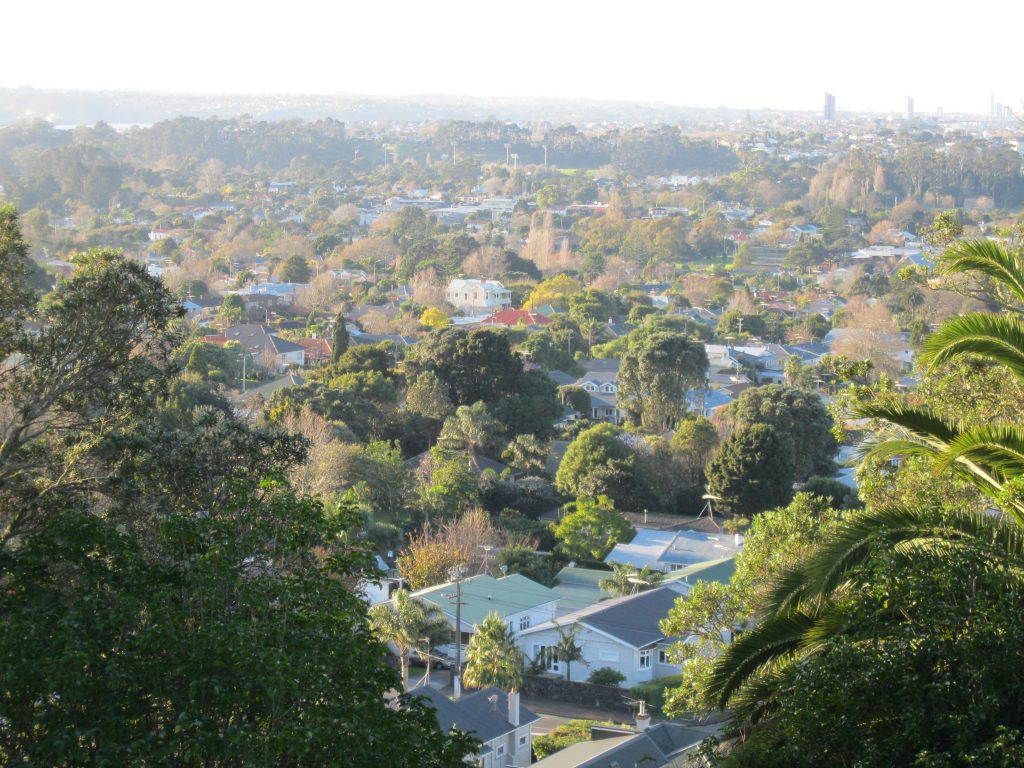
Who is the ‘typical’ Mt Albertian?
[Written August 2017]
IF YOU bang into someone on the streets of Mt Albert who is a 35-year-old Pakeha, probably with a child, working in a professional field earning more than a mate elsewhere and living in her own home with a partner – you have found a typical Mt Albertian.
How do we know that? Easy – statistics.
Well, sort of easy. As British Prime Minister Benjamin Disraeli once noted (with Mark Twain spreading the wisdom to a wider audience), “There are three kinds of lies: lies, damned lies, and statistics.”
No one would accuse Statistics NZ of being involved in some sort of conspiracy, however, and the census is the most reliable way we have to identify the people who live in our neighbourhood and how they manage their lives.
So how do we measure up?
To start with, Mt Albert can mean different things to different people. The old Mt Albert borough – and then city – stretched from Owairaka and Sandringham north through Morningside to Kingsland. But the boundaries became rather blurred when Mt Albert became part of Auckland City Council in 1989 – and even more hazy when the supercity arrived in 2011.
The census results are based on “Mt Albert Central”, which Statistics NZ has decided lies broadly between Mt Albert Rd and St Lukes Rd, taking in parts of Carrington to the north-west and more or less Alberton House and MAGS in the east.
It’s a curious delineation because it ignores all those streets on the southern side of Mt Albert Rd (Summit Drive, Ferner Ave, Allendale Rd, for example) that most people would see as part of the heart of the suburb.
But much of the value of any census is the ability to compare latest statistics with the same area canvassed in earlier years, so we’re stuck with Mt Albert Central for an understanding how we shape up compared to the rest of Auckland and the country.
The population of Mt Albert Central in the 2013 census was a mere 5673 people (2898 female and 2775 male), a rise of just 33 people since the 2006 census (the planned census for 2010 was postponed because of issues with the Christchurch quakes).
These were the main findings in the 2013 census for Mt Albert Central (and inflation and other factors will have changed some things since then):
- How old we were: the median age was 34.4 years, as against 35.1 years across Auckland. And 8.7 per cent of us were aged 65 and over, compared with 11.5 per cent for all of Auckland. So we’re a younger mob here.
- Our ethnic background: just over 70 per cent of us were Pakeha/European, against 59.3 per cent across the city. Ethnic breakdowns: Maori, 7.1 per cent Mt Albert Central, 10.7 per cent for all of Auckland; Pacific people, 6.1 per cent/10.7 per cent; Asian people, 22.9 per cent/23.1 per cent.
- Where we were born: 34.7 per cent of us started life overseas, compared with 39.1 per cent as a whole. Most of those born overseas came from Asia.
- How many of us shared our lives with a partner and children: 46.1 per cent of those living in Mt Albert Central were married, and 12.6 per cent were separated, divorced or widowed. Couples with children made up 50 per cent of all families (against 46.5 elsewhere in the city) and couples without children touched 35 per cent (similar to the wider statistic).
- How qualified we were: 90.3 per cent of people over 15 years had a formal qualification, compared to 83.2 per cent across Auckland. Nearly 40 per centof us held a bachelor’s degree or higher qualification, against 24.7 per cent in Auckland as a whole.
- How many of us were in jobs and what we did: The unemployment rate for people aged 15 and over was 6.2 per cent, compared with 8.1 per cent over the supercity. The most common occupational group was “professionals”, as it was elsewhere.
- How much we earned: 37.1 per cent of people aged over 15 had an annual income above $50,000 (across Auckland the figure was 35.1), and 37 per cent earned less than $20,000 (39 per cent elsewhere).
- The household gadgets: 87.2 per cent of households had access to the internet, compared with 81.6 over the whole city; 87.4 had access to a cellphone, as opposed to 84.8 per cent elsewhere in Auckland.
- How we got to work: Like elsewhere in the city, most people (60.2 per cent) travelled to work in a privately-owned car, truck or van. Just over 10 per cent drove a company wagon and 9.5 per cent took a bus.
- The houses we owned: Just under 60 per cent of households in occupied private dwellings owned the place or held it in a family trust – as against 61.5 per cent across the city. Those who rented paid a median $360 weekly (wider Auckland: $350).
